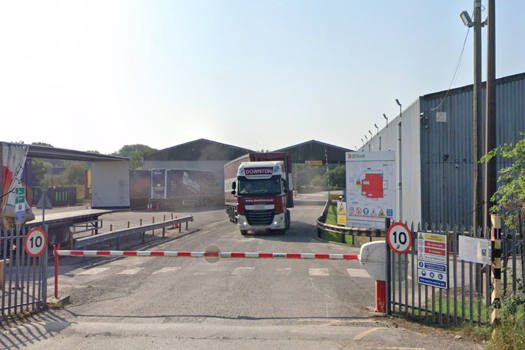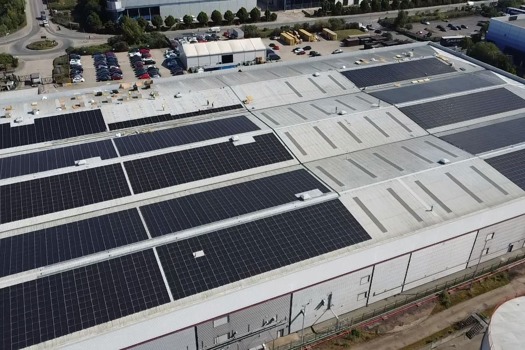The firm claimed that its electrowetting technique, which involves manipulating coloured oil cells with electric current, was at least twice as bright as other technologies like LCD.
A spokesman for Philips said that the e-paper had similar readability properties to paper.
Reflective displays are more readable than electronic screens. They also work better with more light. That is why many people print off what is on their computer screen to read, said the spokesman.
Philips has produced 1cm2 of the e-paper and will now scale up its trials. Actual production could be three to five years away.
The next stage is to make larger pieces of the material and show that we can still control the pixels, added the spokesman.
Instead of using the RGB colour system, which results in only a third of the display reflecting the desired colour, the e-paper uses a white substrate and the subtractive colour system (CMYK).
Each pixel has two independently controllable coloured oil films with a colour filter, which means that two-thirds of the display can reflect light in any desired colour.
The firm said the technology could be used for electronic paper applications like posters or e-newspapers, but was also fast enough to give full-colour video.
Story by John Davies
Have your say in the Printweek Poll
Related stories
Latest comments
"Gosh! That’s a huge debt - especially HMRC! It’s a shock that HMRC allowed such an amount to be accumulated."
"Whatever happened to the good old fashioned cash job! At least the banks didn't take 2-3% of each sale. After 30 odd transactions that £100 quid you had has gone."
"It's amazing what can be found on the "web" nowadays!"
Up next...

Replacement 'will be operational later this year'
Walstead makes decision on Bicester 64pp

'Ridiculous decision'
Unite “prepared to fight” on proposed DS Smith site closure

Also helps mitigate volatile energy prices



